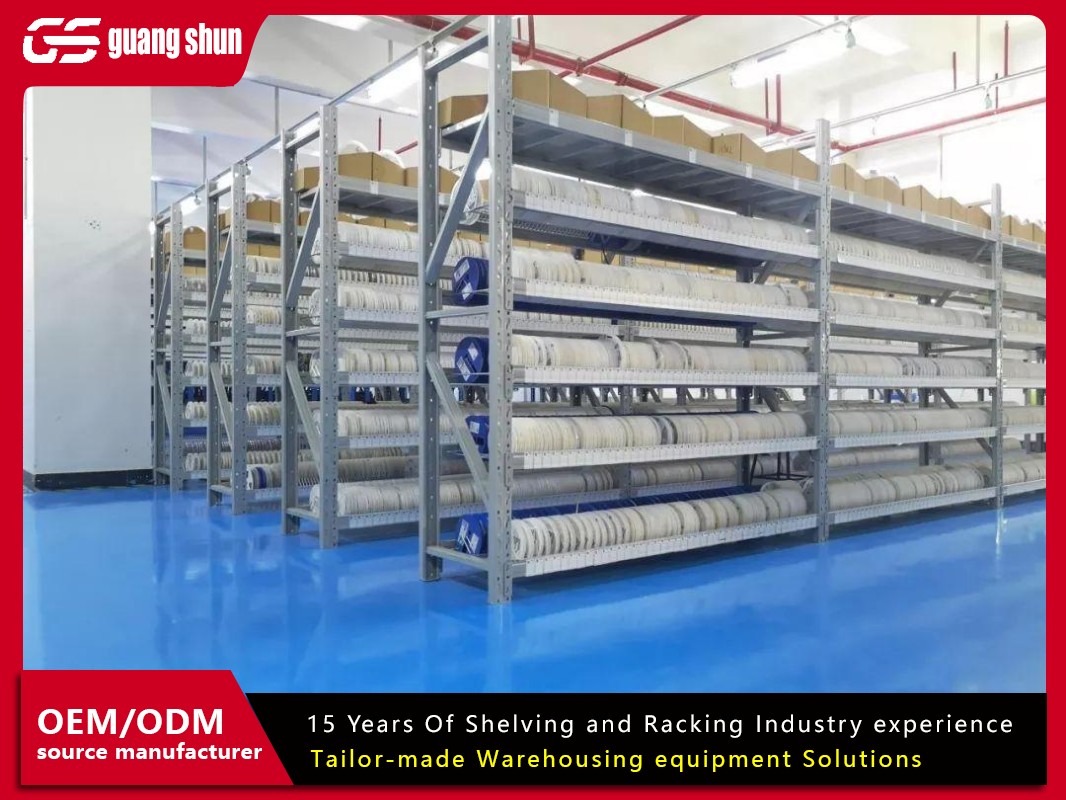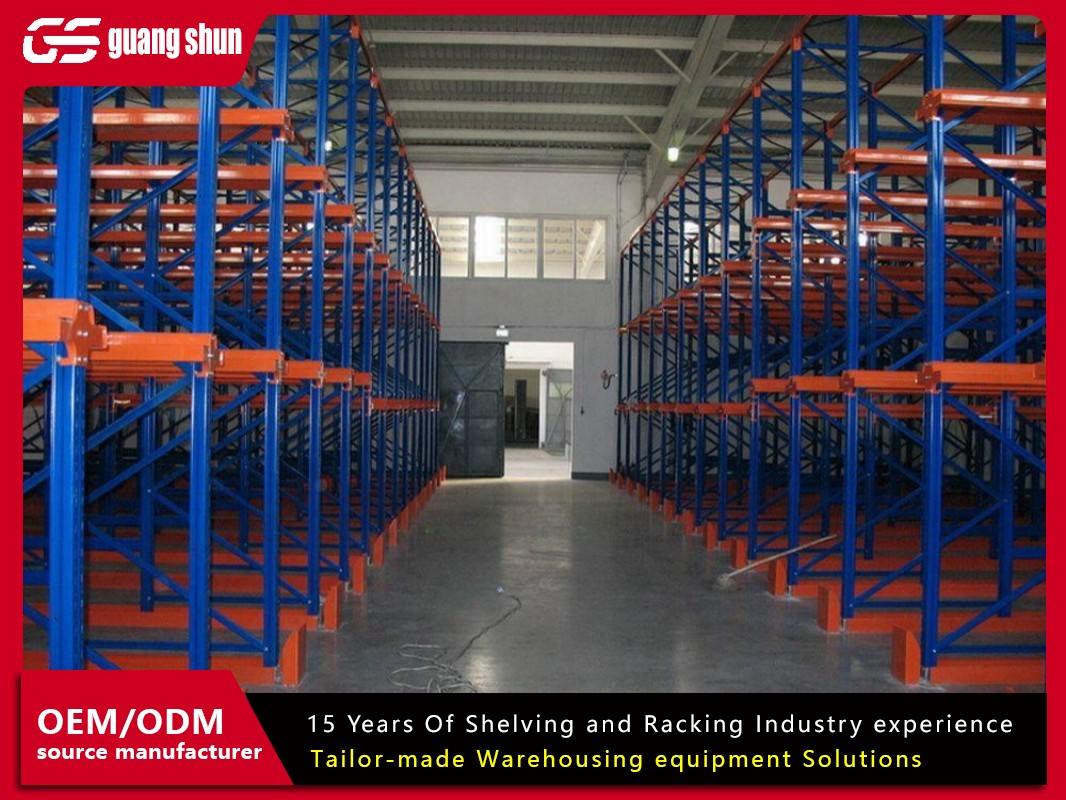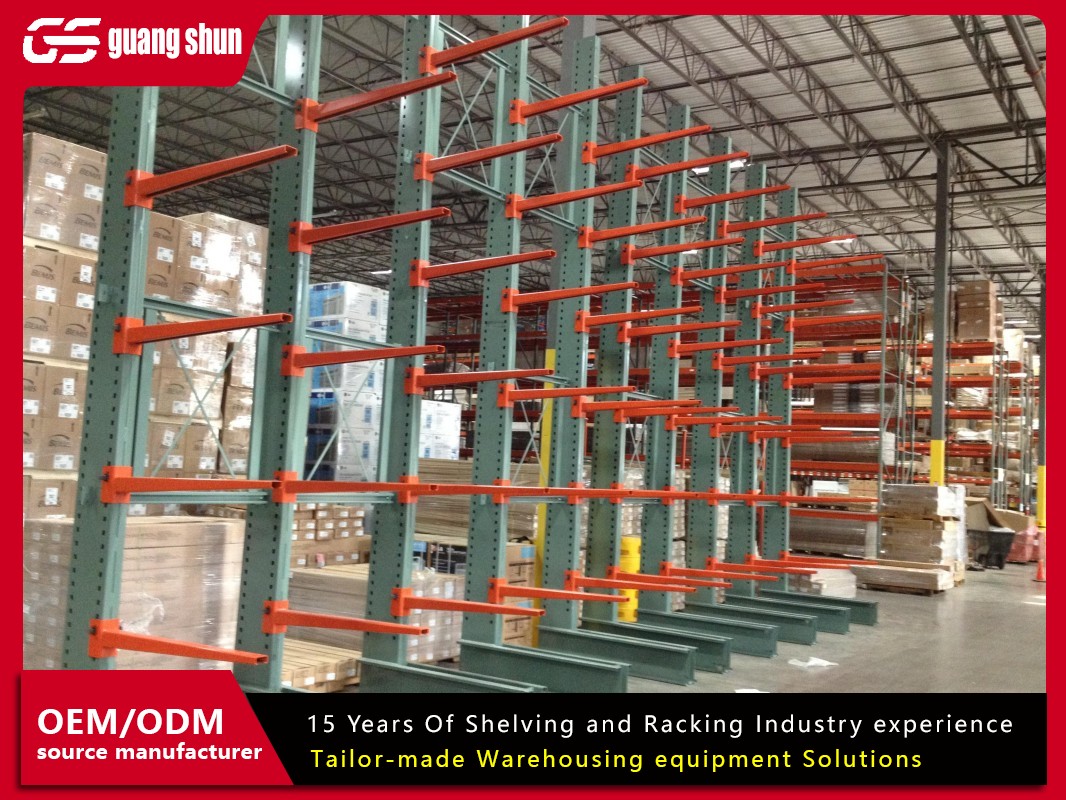When setting up a warehouse, storage facility, or even a robust workshop, the backbone of your organization isn't just the inventory—it's the system that holds it all together. At the heart of any efficient storage solution are the industrial shelving components. These aren't just random pieces of metal; they are engineered parts designed for maximum strength, adaptability, and longevity. Understanding what goes into a shelving unit is crucial for making an informed purchase, ensuring safety, and optimizing your storage space. This article will dissect the essential industrial shelving components, explain their roles, and address common questions and challenges faced by facility managers and business owners.
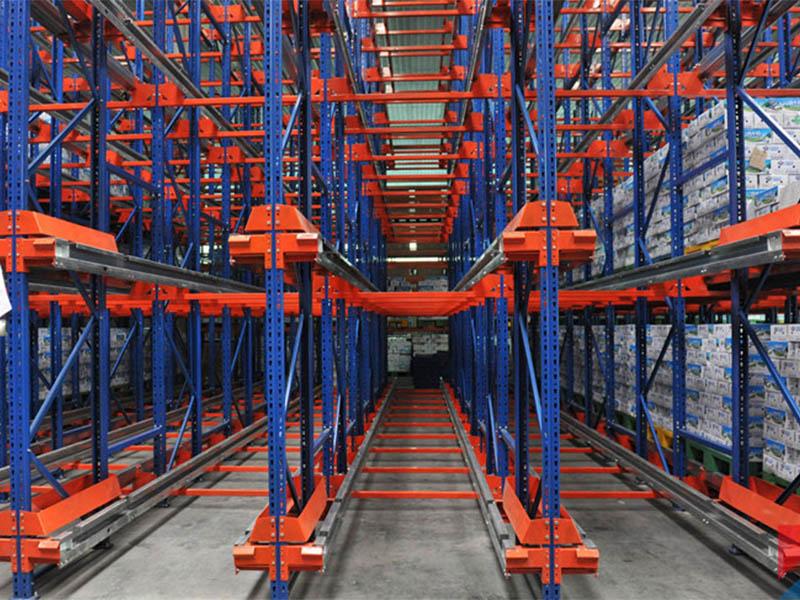
The Core Framework: Upright Frames and Their Critical Role
The foundation of any shelving system is its upright frames, often called upright columns or posts. These are the vertical industrial shelving components that bear the entire load of the stored goods. Typically constructed from heavy-gauge, cold-rolled steel, upright frames are designed with a series of punched holes or slots at regular intervals. These holes are not random; they are precision-engineered to securely accept the hooks of the beams.
The design of the upright frame directly impacts the shelving's capacity and stability. Frames with deeper profiles and thicker steel can support heavier loads. A common point of failure or concern is the integrity of these frames. Damage from forklifts, often called "forklift impact," can bend the columns, compromising the structural integrity of the entire bay. Furthermore, ensuring that the frames are perfectly plumb during installation is non-negotiable; even a slight tilt can lead to uneven weight distribution and potential collapse. When selecting your system, the specification of the upright frames is the first and most critical decision, as it dictates the maximum potential capacity of your shelving.
Horizontal Support: Beams and Their Load-Bearing Capacity
If the upright frames are the skeleton, the beams are the arms that hold everything up. Beams are the horizontal industrial shelving components that connect between two upright frames, creating the support levels for the shelving decks. They come in various styles, such as step-beams (which have a stepped end that hooks into the frame) and box-beams (which are heavier, enclosed beams for extreme loads).
The capacity of a beam is determined by its length, profile, and the gauge of the steel. A common misconception is that a beam's capacity is fixed, but it actually decreases as the span between the upright frames increases. Therefore, a 48-inch beam will have a much higher load rating than a 96-inch beam of the same type. A frequent problem in warehouses is beam overloading, where the weight placed on a beam exceeds its rated capacity for a given span. This is a severe safety hazard. Another issue is beam deflection, which is the natural sagging of a beam under load. While some deflection is normal, excessive sagging is a clear sign of overloading and requires immediate attention.
The Storage Surface: Decking Options and Applications
The decking is the surface that sits directly on the beams and holds your products. This is one of the most versatile industrial shelving components, as it can be made from different materials to suit various needs. The most common types are:
Wire Mesh Decking: Allows for excellent air circulation and light penetration, making it ideal for environments where dust accumulation or fire codes are a concern. It's also lighter than solid decking.
Particle Board Decking: A cost-effective option for lighter, boxed goods. However, it is not suitable for moist environments and has a lower weight capacity.
Steel Sheet Decking: Provides a solid surface, perfect for storing small items that could fall through wire mesh. It is durable and easy to clean.
Slotted Angle Decking: Offers a combination of solid surface and visibility, often used for heavier, bulkier items.
Choosing the wrong type of decking is a prevalent error. For instance, using particle board in a refrigerated warehouse will lead to rapid degradation. Similarly, using solid decking where ventilation is required can violate safety regulations. The decking must be properly secured to the beams to prevent shifting or tipping when the shelf is loaded or unloaded.
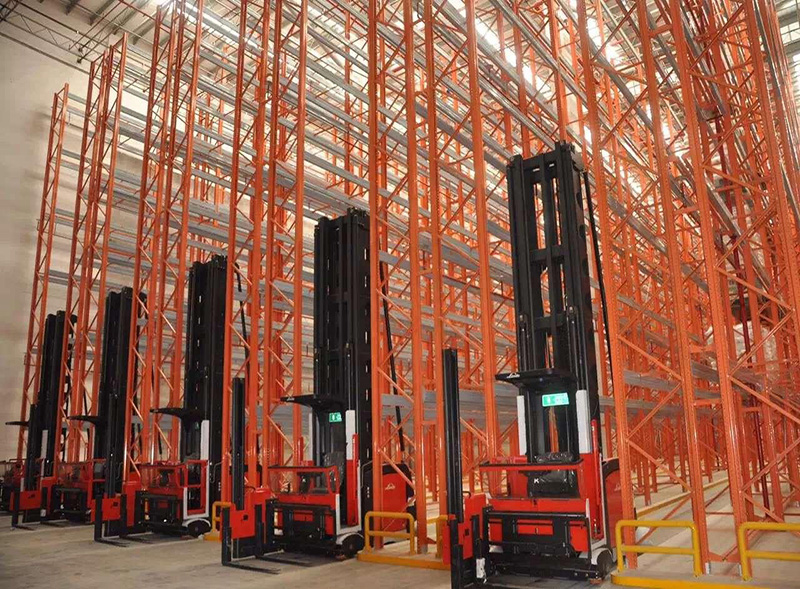
The Connectors: Bolts, Clips, and Safety Latches
While they may be small, the connectors are arguably the most critical safety elements among all industrial shelving components. These include the bolts, nuts, clips, and safety latches that hold the entire structure together. Step-beams, for example, often use a safety latch—a small metal clip that snaps over the beam hook once it's inserted into the upright frame. This prevents the beam from being accidentally dislodged from the inside, a crucial feature in high-traffic areas.
For bolted systems, the torque (tightness) of the bolts is essential. Under-tightened bolts can lead to a wobbly and unsafe structure, while over-tightening can strip the threads, weakening the connection. A common and dangerous practice is "cross-threading" bolts during assembly, which creates a false sense of security as the connection is not secure. Regular inspections should include checking these connectors for any signs of loosening, damage, or corrosion.
Enhancing Stability and Safety: Accessories and Add-ons
Beyond the core industrial shelving components, a range of accessories can significantly enhance the functionality and safety of your system. These are not mere extras but integral parts of a well-thought-out storage solution.
Row Spacers: These are used to connect multiple rows of shelving back-to-back, increasing the overall stability of the system and creating a more unified storage block.
Shims: Used during installation to level the shelving unit on an uneven floor, ensuring the frames are perfectly plumb.
Post Protectors: Guards or bollards placed around the base of upright frames to protect them from forklift impacts.
Shelf Stops and Wire Partitions: These help contain items on the shelves and secure high-value goods, respectively.
Neglecting these accessories is a frequent oversight. A warehouse manager might invest in high-capacity shelving but fail to install post protectors, leading to costly damage and safety risks from minor collisions. Similarly, not using row spacers in a tall, single-row configuration can make the shelving susceptible to tipping.
Common Challenges and Questions About Industrial Shelving Components
Even with high-quality parts, users often encounter issues. Here are some common questions and problems related to industrial shelving components:
Problem: Shelving is wobbling or seems unstable.
Causes: This is often an installation issue. Check that the frames are plumb, all bolts are torqued to the manufacturer's specification, and the unit is on a level floor using shims if necessary. Also, inspect for any impact damage on the upright frames.
Problem: Beams are sagging noticeably.
Causes: This is a clear sign of overloading. Immediately redistribute the weight to other shelves or reinforce the beams with stronger ones. Never ignore beam deflection.
Question: Can I mix and match components from different manufacturers?
Answer: This is highly discouraged. Industrial shelving components are engineered as a system. The beam-to-frame connection is precisely designed, and using a beam from one brand with a frame from another can compromise the structural integrity and void any warranties. It creates a significant safety risk.
Problem: Difficulty assembling the shelving.
Causes: This usually stems from not following the manufacturer's instructions. Ensure you have the correct tools and a clear understanding of the assembly sequence, particularly how the safety latches or locking mechanisms work.
Question: How do I know the true weight capacity of my shelving?
Answer: The capacity is not just for one component but a system-wide rating. It is determined by the lowest rated component in the bay—be it the upright frame, the beam for its specific span, or the decking. Always refer to the manufacturer's load capacity charts for each component.
In conclusion, a deep understanding of industrial shelving components is not just for engineers or installers. It is essential knowledge for anyone responsible for a safe and efficient storage operation. By paying close attention to the quality, compatibility, and correct application of upright frames, beams, decking, and connectors, you can build a storage system that is not only robust and reliable but also a long-term asset to your business. Regular inspection and maintenance of these components are just as important as the initial selection, ensuring a safe working environment for years to come.



